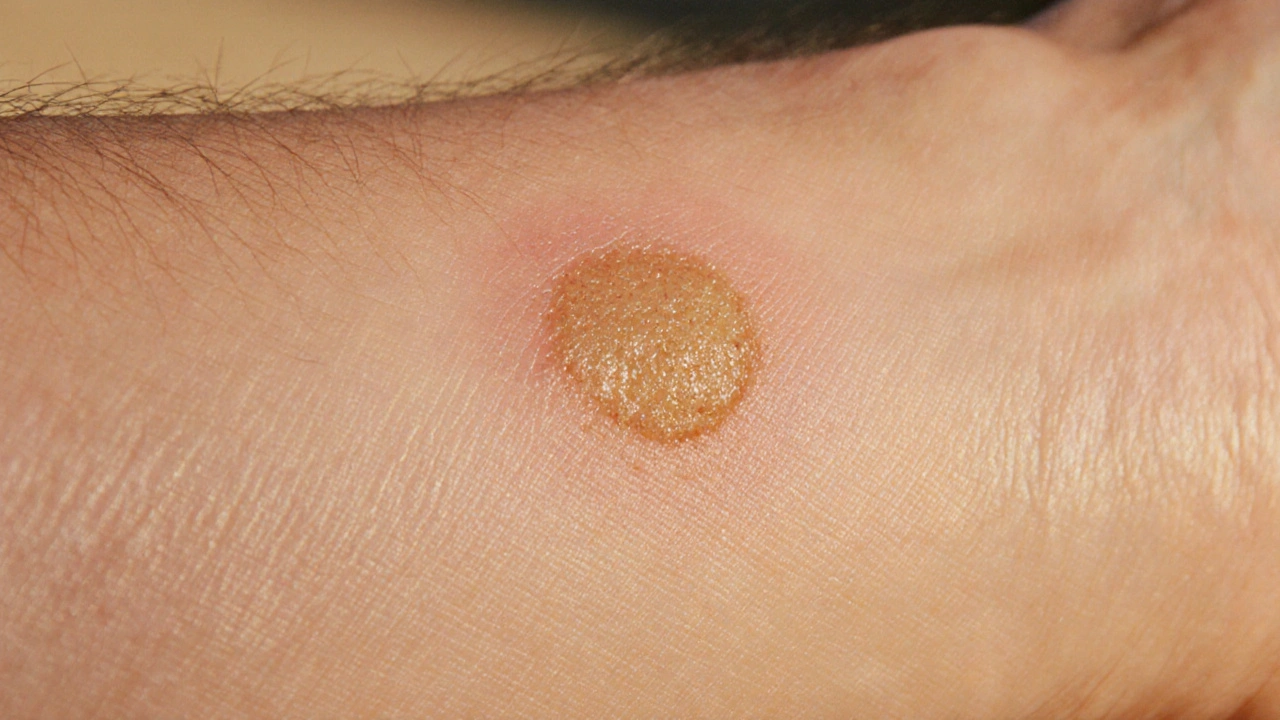UV Radiation: What It Means for Your Health
When talking about UV radiation, the portion of sunlight that spans wavelengths from 100 to 400 nanometers, divided into UVA, UVB, and UVC. Also known as ultraviolet light, it drives both beneficial and harmful processes in our bodies and environment.
One of the biggest benefits comes from vitamin D synthesis, the skin's natural conversion of UVB photons into vitamin D3. This hormone‑like vitamin supports bone health, immune function, and mood regulation. But the same UVB that makes vitamin D can also damage DNA, setting the stage for skin cancer, malignant growths like basal cell carcinoma, squamous cell carcinoma, and melanoma caused by UV‑induced mutations. Understanding this double‑edged nature is why many health professionals stress balance over avoidance.
How to Balance Sun Exposure
Balancing sun exposure starts with the UV index, a scale from 0 to 11+ that predicts the risk of skin damage at a given time and place. When the index is low (0‑2), short outdoor periods are usually safe, even without protection. As the number climbs above 5, you’ll want to layer up with sunscreen, a topical product that absorbs, reflects, or scatters UV photons to shield the skin. Look for broad‑spectrum formulas with SPF 30 or higher, reapply every two hours, and don’t forget ears, neck, and the tops of your feet.
Beyond sunscreen, wear protective clothing, wide‑brim hats, and UV‑blocking sunglasses. Seek shade between 10 a.m. and 4 p.m. when the sun’s angle maximizes UV intensity. If you’re outdoors for longer periods, consider timing your exposure to get enough UVB for vitamin D while minimizing damage—about 10‑15 minutes of midday sun on exposed arms and face for most people.
People with higher risk factors—fair skin, a history of sunburns, or family history of melanoma—should be especially vigilant. They might benefit from vitamin D supplements during winter months when UVB levels drop below the threshold needed for synthesis. Always discuss supplement doses with a healthcare provider, because excess vitamin D can cause its own problems.
Environmental factors also shape UV exposure. Altitude increases UV intensity by roughly 10‑12% per 1,000 feet, and reflective surfaces like snow, water, or sand can bounce UV rays back onto the skin, compounding the dose. That’s why skiers, surfers, and beachgoers need extra protection even on cloudy days; up to 80% of UVB penetrates thin cloud cover.
When you understand that UV radiation encompasses both UVA (deep‑penetrating, linked to aging) and UVB (surface‑burning, vitamin D‑producing), the need for a layered approach becomes clear. UVA contributes to photoaging, wrinkles, and pigment changes, while UVB drives sunburn and the vitamin D pathway. Broad‑spectrum sunscreen blocks both, which is why it’s a cornerstone of any sun‑safe routine.
For those tracking their sun habits, many smartphone apps now display the real‑time UV index and provide personalized recommendations based on skin type and activity level. Pairing tech with common‑sense practices—like reapplying sunscreen after swimming or sweating—helps keep protection consistent.
In short, grasping the science of UV radiation lets you enjoy sunshine without paying the price in skin damage. Below you’ll find a curated list of articles that dive deeper into specific drugs, therapies, and health conditions influenced by UV exposure, from skin cancer treatments to vitamin D supplementation tips. Ready to see how each piece fits into the bigger picture?

Actinic Keratosis & Sun Exposure: How Much UV Is Too Much?
Learn how UV exposure causes actinic keratosis, what safe sun limits are, and practical steps to prevent and treat these precancerous skin lesions.
Read More